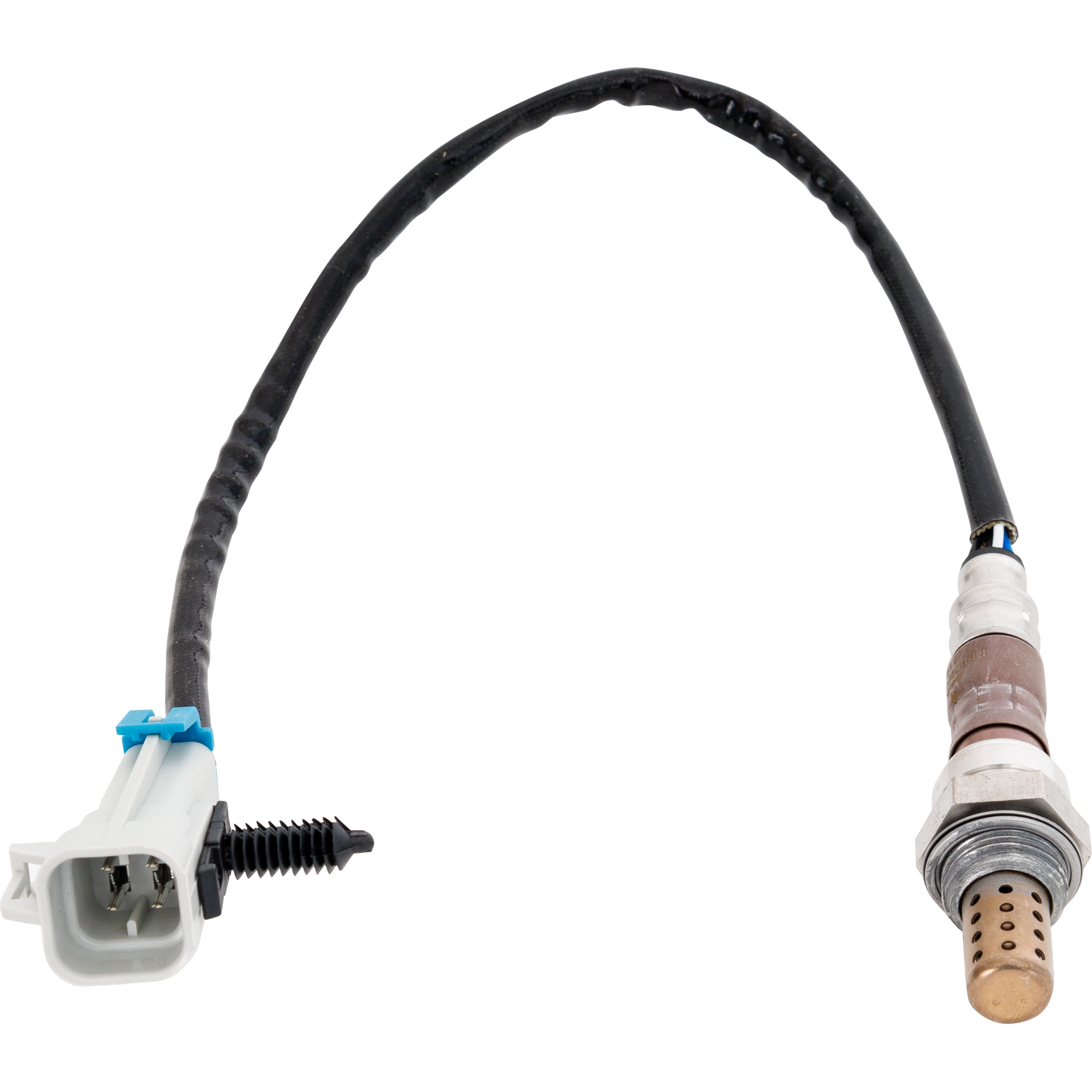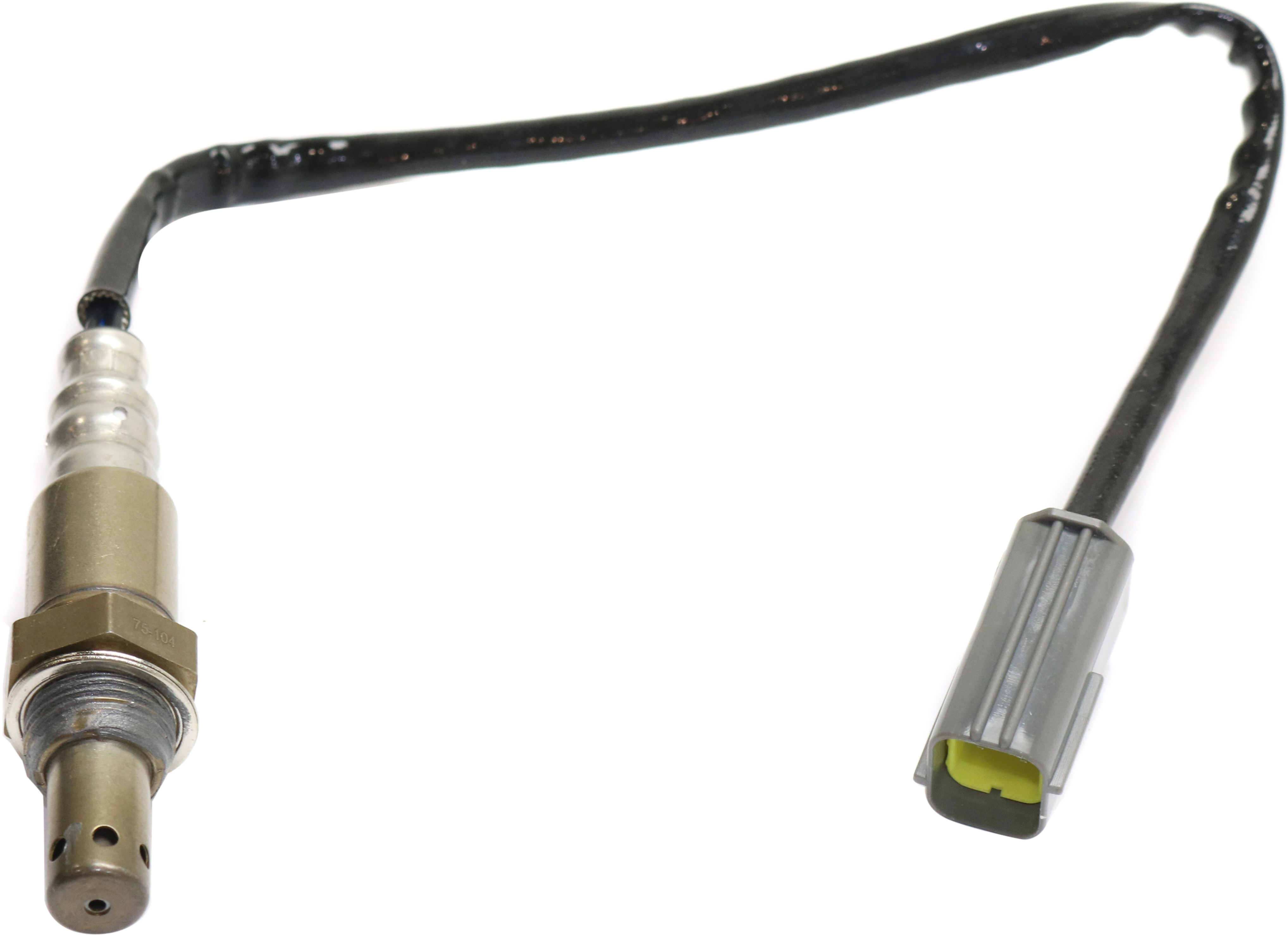The oxygen sensor, or the O2 sensor, is an important component in a vehicle’s exhaust system. It detects the oxygen content in the exhaust gases leaving the engine.
The P0130 fault code is triggered when the vehicle’s powertrain control module (PCM) perceives a problem with the bank 1 sensor 1 oxygen sensor or its circuit.

What Does the P0130 Code Mean?
Diagnostic trouble code (DTC) P0130 stands for “O2 Sensor Circuit Malfunction (Bank 1, Sensor 1).” It indicates that the PCM has detected a potential problem with the oxygen sensor voltage (or the air-fuel ratio sensor) or its circuit.

The sensor this trouble code pertains to is the first sensor on bank 1 or the side of the engine where the #1 cylinder is located. The trouble code P0130 is closely related to the P0136 code in that the latter detects a similar problem but in a different location and sensor, particularly bank 1 sensor 2.
Conventional O2 sensors have four wires: the two heater wires (one of which is grounded by the ECM/PCM to control the heater) and the two O2 sensor signal wires (one is a reference ground and the other is the actual O2 signal wire). If the reference ground wire or its terminal is compromised (open circuit), the actual voltage on the O2 sensor will usually read very high (2.4 volts or more) but the ECM/PCM will interpret the sensor input as lean due to the open reference ground.
Note: The definition of code P0130 may be different depending on the vehicle manufacturer. Consult the appropriate repair manual or repair database for the exact code definition.
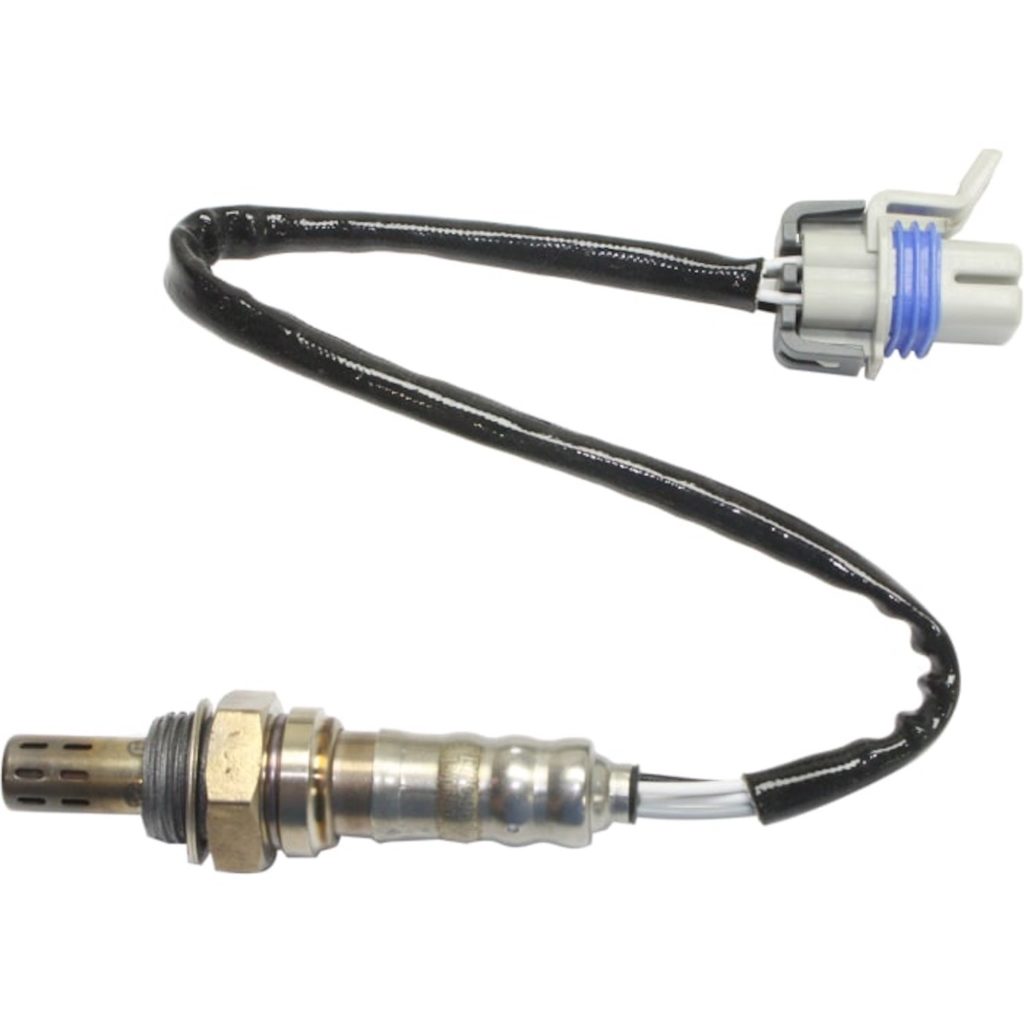
What are the Possible Causes of the P0130 Code?
Like most OBD-II codes, the P0130 code can register due to a variety of reasons. The ones listed below are just some of the possible causes for this code to appear.
- Faulty O2 sensor/air-fuel ratio sensor
- Faulty O2 sensor/air-fuel ratio sensor heater circuit
- Defective sensor wiring and/or circuit problem
- Exhaust system leaks
- A rich or lean running condition
- PCM issues (e.g., defective, outdated software, etc.)
What are the Common Symptoms of the P0130 Code?
The check engine code P0130 can manifest itself in different ways. Below are the most common symptoms you might encounter if you’re dealing with this code.
- Illuminated check engine light
- Vehicle may idle or run rough
- Diminished fuel economy
In some cases, there are no apparent symptoms noticed by the driver.
How to Diagnose the P0130 Code
Like all OBD-II codes, diagnosing the P0130 code is difficult given the number of possible causes. However, accurate diagnosis for OBD-II codes relies heavily on pointing out the exact problem.
Below is an online resource you can use to help you get an idea of what the troubleshooting process might involve:
How to Fix the P0130 Code
While the P0130 code is supported by various makes and models, that does not mean that it can be solved by a generic fix.
This engine code’s diagnostic and repair processes tend to vary based on the vehicle’s year, make, and model. For instance, confirmed solutions for the P0130 code in Toyota may differ from the P0130 code in Kia. It may be best to let your mechanic resolve the issue if you are not confident with your DIY skills.
If you are certain of your automotive skills and knowledge, start diagnosing the issue. Establish what triggered the engine code and find the appropriate solution using online auto repair resources and guides. Consider investing in an ALLDATA subscription for comprehensive factory repair information.
Other Notes About P0130 Code
The P0130 code might not be as severe as some OBD-II codes since it does not prevent your vehicle from running. However, that does not mean that you can ignore it. if it goes unaddressed, your catalytic converter might get damaged. It’s best to practice caution and consult a mechanic if you encounter this code.
Oxygen Sensors and P0130
The oxygen sensor produces a voltage that corresponds to the oxygen content of the exhaust as it leaves the combustion process inside the engine. A traditional, zirconia sensor produces a voltage that varies between .1 and .9 volts, where .1V indicates that the engine is running lean and .9V indicates that the engine is running rich.
The PCM monitors the voltage produced by the oxygen sensor in a closed loop (automatic) system to determine the amount of fuel it needs to inject. This allows the engine to work at its optimum level without generating too many air pollutants.
For more on how oxygen sensors work and where Bank 1, Sensor 1 is located, you can read our technical explanation here.
The P0130 code comes up if the PCM detects that the oxygen sensor’s signal voltage is not what it expects.
If the oxygen sensor detects too little oxygen in the exhaust, it means that the engine is running rich. This means that fuel is wasted and carbon monoxide or hydrocarbons (HC) are released from the exhaust.
On the other hand, if the oxygen sensor detects too much oxygen in the exhaust, it means that the engine is running too lean. In this scenario, nitrogen oxides are the result, because a lean mixture runs very hot, and that’s what bonds O2 to nitrogen in the combustion chamber. When this happens, the PCM expands the pulse width to increase the amount of fuel delivered to the engine.
Get a Replacement Oxygen Sensor that Fits Your Car
A malfunctioning oxygen sensor is a sufficient reason to stop driving your car until the part is replaced. Engine and exhaust system issues can prove costly in the long run, and you don’t want to add to your repair bill. Thankfully, ordering a long-lasting replacement oxygen sensor from CarParts.com is easy and convenient.
Use your phone or computer to visit CarParts.com and order from the comfort of home. Enter your vehicle’s year, make, model, and engine in our vehicle selector to see only oxygen sensors that fit your car and your budget so you can decide which is the best part to get. Our parts are ready to ship from one of our strategically located distribution centers, so you can expect your order to reach you within several business days. If you have any questions about our products, our customer service team is available round the clock.
Don’t let a faulty oxygen sensor cause more problems for your engine and exhaust system. Check out our wide selection of oxygen sensors at CarParts.com and order today!
Products Mentioned in this Guide
Shop this Project



Any information provided on this Website is for informational purposes only and is not intended to replace consultation with a professional mechanic. The accuracy and timeliness of the information may change from the time of publication.



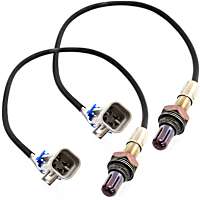 Oxygen Sensor
Oxygen Sensor
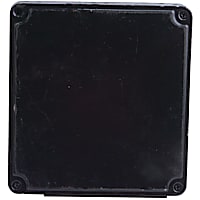 Engine Control Module
Engine Control Module
